The World Environment Day 2024 campaign focused on land restoration, desertification and drought resilience under the slogan “Our land. Our future. We are #GenerationRestoration.” Drought and desertification are threatening essential ecosystems across the planet, including freshwater ecosystems and soil, the connective tissue that makes all life on Earth possible.
Here is a closer look at what makes terrestrial and land-based ecosystems so unique and, in some cases, awe-inspiring.
Soil and water
- Almost 60 per cent of all species live in soil, making land the planet’s most biodiverse habitat.
- Healthy soils store massive amounts of carbon, which, if released, would cause a huge spike to planetary warming.
- Only 0.5 per cent of water on Earth is useable and available freshwater. Climate change is dangerously affecting that supply.
- Over the past two decades, land-based water storage—including soil moisture, snow and ice— has dropped at a rate of 1 centimetre per year with severe ramifications for water security and food production.
Drylands
- Drylands - areas which face great water scarcity—cover 41 per cent of the Earth’s land surface and 78 per cent of the world’s rangelands.
- Drylands generate 44 per cent of global crops, are the source of feed for half of the world’s livestock and support the lives and livelihoods of more than 2 billion people.
- Despite what the name suggests, drylands are home to more than a quarter of the world's forests, a third of global biodiversity hotspots and provide critical migration points for birds.
Deserts
- Deserts cover more than one-fifth of the Earth's land area and are found on every continent.
- The Sahara is the largest hot desert in the world, spanning 9.4 million square kilometers, about the size of Canada.
- Despite its reputation for being lifeless, the Sahara Desert is home to 500 plant species, 70 mammalian species, 100 reptilian species, 90 avian species, and several arthropods, such as spiders and scorpions.
- Many deserts are expanding because of climate change but some countries are fighting back including the 22 countries in Africa that border the Sahara Desert where the Great Green Wall initiative aims to restore 100 million hectares of land through a mosaic of green and productive landscapes.
Forests
- Forests cover 31 per cent of the Earth but they are not equally distributed as more than half of the world’s forests are found in only five countries: Brazil, Canada, China, the Russian Federation and the United States of America.
- Forests are home to more than half of the world’s land-based species of animals, plants and insects.
- More than 28,000 plant species are currently recorded as being of medicinal use and many of them are found in forest ecosystems.
- Soil microorganisms are important in producing antibiotics. Penicillin, for example, comes from a small fungus living in the soil.
- The largest organism on Earth is a fungus in the Blue Mountains of the United States. Covering about 965 hectares of land, the fungus could be as ancient as 8,650 years, which would earn it a place among the oldest living organisms in the world.
Freshwater
- Lakes, rivers and wetlands hold 20–30 per cent of global carbon despite occupying only 5–8 per cent of its land surface.
- The Nile River is widely regarded as the world’s longest waterway. Starting in East Africa, it flows through 11 different countries and stretches 6,695 kilometres.
- Approximately 1.4 billion livelihoods worldwide are directly reliant on access to fresh water, including jobs related to the food and beverage, energy and water industries.
Farmlands
- Every five seconds, the equivalent of one football pitch of soil is eroded. Yet, it takes 1,000 years to generate 3 centimetres of topsoil.
- Every year more than 24 billion tonnes of priceless topsoil are washed or blown away worldwide, as the land is overcultivated and overgrazed and trees and forests are cut down.
- The world will need to raise its food production by 60–70 per cent to feed a projected human population of 9 billion by 2050 even as the current agricultural expansion continues to threaten forests and biodiversity.
- Close to 75 per cent of the world’s fruit and seed crops depend, at least in part, on pollinators like bees. Pollinators contribute to 35 per cent of the world’s total crop production, pollinating 87 of 115 leading food crops worldwide.
- Despite their importance, pollinators are in serious decline, primarily due to intensive agricultural practices, pesticide use, invasive species, diseases and climate change.
- Globally, at least 2 billion people depend on the agriculture sector for their livelihoods, particularly poor and rural populations.
Cities
- Cities occupy three per cent of the Earth’s land surface but are home to more than half its people.
- Cities account for 75 per cent of global resource and energy use and produce more than half of global waste and at least 60 per cent of greenhouse gas emissions.
- More than one-third of the biggest cities, including Barcelona, Bogota, New York and Tokyo, source a significant proportion of their high-quality drinking water from protected forests nearby.
- Trees in urban areas can cool the air by up to 5°C, reducing air conditioning needs by 25 per cent. Urban trees provide multiple health benefits such as cleaner water. They also clean the air and reduce flooding among many other benefits.

